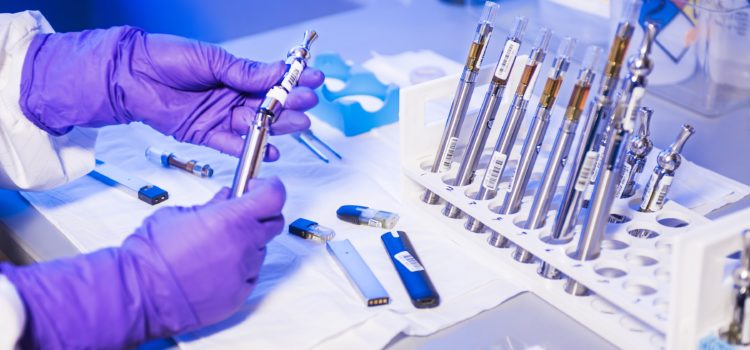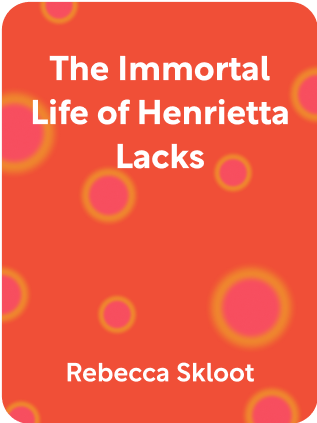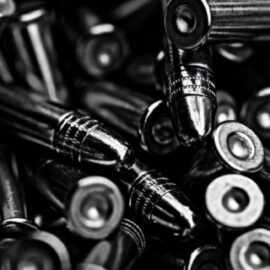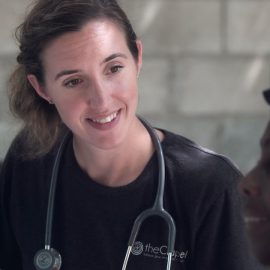

This article is an excerpt from the Shortform summary of "The Immortal Life of Henrietta Lacks" by Rebecca Skloot. Shortform has the world's best summaries of books you should be reading.
Like this article? Sign up for a free trial here .
Why do people have give informed consent before participating in a research study? Is it in part because of Chester Southam’s experiment? How many people did Dr. Chester Southam inject with live cancer cells?
Chester Southam was a researcher at Sloan-Kettering who studied HeLa cells to see if you could get cancer from contact with the cells. Chester Southam’s experiment injected live cancer cells into people, many times without their permission.
Learn about Dr. Chester Southam and his unethical research, including what happened to him when people found out.
In 1954, a Sloan-Kettering cancer researcher and virologist named Chester Southam who’d worked extensively with HeLa cells began to wonder—and to worry—whether researchers could develop cancer through contact with HeLa cells. And so he began a series of experiments to determine HeLa cells’ effects on living human subjects.
At first, Chester Southam’s experiments were conducted on patients who already had cancer. He injected HeLa cells into these patients’ arms, telling them that he was testing their immune systems, and then monitored the results. Within days, cancerous nodules formed on the patients’ arms. Some of these patients’ nodules went away on their own, others Southam had to remove. But in four patients, the nodules came back again and again after removal; and in one patient, the cancer spread to her lymph nodes.
Despite the obvious health risks, Dr. Chester Southam continued to experiment with HeLa cells on human subjects. The shortcoming of the first experiment, according to him, was that it was conducted on patients who already had cancer. In order to get a true sense of the effects of HeLa cells, he needed to test them on healthy patients.
This was the decision made by Chester Southam: Experiment on healthy prisoners. In 1956, he recruited 150 inmates in the Ohio prison system to participate in a study similar to his first. (Later, prisoners would be considered a vulnerable population unable to give informed consent.) He injected the inmates with HeLa; but in this instance, the subjects were able to fight off the cancer. In fact, the more HeLa he injected, the more quickly the subjects were able to defeat the cancer.
In subsequent years, Dr. Chester Southam injected HeLa cells into 600 people without their consent, some with cancer, some without. If he explained at all to the patient what he was doing, he said he was “testing for cancer.”
In 1963, Southam’s ethically questionable practices finally came to light. He’d partnered with Emanuel Mandel, the director of medicine at the Jewish Chronic Disease Hospital in Brooklyn, NY, to inject 22 patients with HeLa cells, but three Jewish doctors, who knew about the “research” Nazi doctors had performed on their patients as well as the Nuremberg Code, refused.
The problem was that the principles outlined in the Nuremberg Code weren’t law; in fact, at the time, there were no laws governing scientific research. For, although the notion of “informed consent” had been present in the law since 1957, it only applied to medical procedures, not scientific research.
So, over the objections of the doctors, the director of medicine ordered a resident to deliver the injections. The three doctors resigned and notified the press. Soon enough, the public outcry was vociferous enough to cause Southam’s and Mandel’s medical licenses to be suspended for a year.
Although the suspensions were stayed and Southam’s and Mandel’s punishment was downgraded to probation, the case made the public aware of researchers’ practices. The NIH discovered that only a small portion of their grantee institutions had policies to protect research subjects, and a study in the New England Journal of Medicine revealed that researchers had injected children with hepatitis and exposed anesthetized subjects to poisonous levels of carbon dioxide. In response, research institutions began to create and implement policies that protected subjects’ fundamental rights.

———End of Preview———
Like what you just read? Read the rest of the world's best summary of Rebecca Skloot's "The Immortal Life of Henrietta Lacks" at Shortform .
Here's what you'll find in our full The Immortal Life of Henrietta Lacks summary :
- How Henrietta's cells became used in thousands of labs worldwide
- The complications of Henrietta's lack of consent
- How the Lacks family is coping with the impact of Henrietta's legacy






